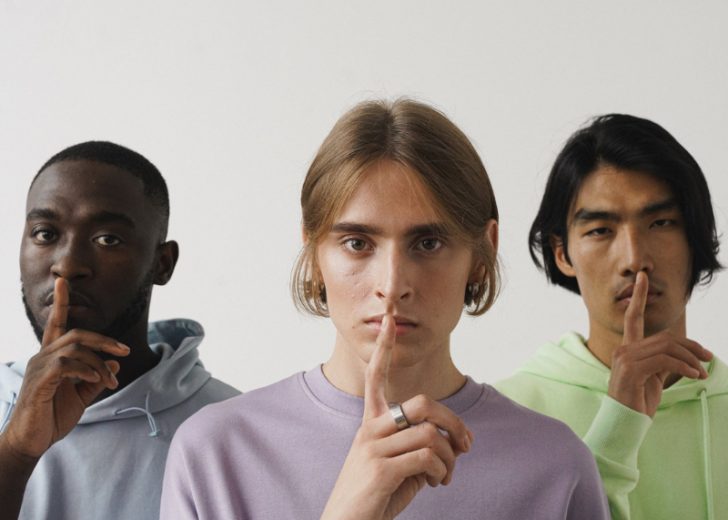Judges presiding over criminal cases issue gag orders for controlling unwanted publicity and protect rights to have a fair trial by stopping parties or lawyers from discussing publicly about the case. Some gag orders do violate free speech rights. Publicity-hungry lawyers /celebrities misuse social media to control narratives and shape public opinion about sensitive cases. What are gag orders, and what are their uses?

Gag orders mean different things to different people in different situations. It is usually a judge’s order prohibiting participants in a criminal or civil case from making public statements about the case till the trial is over. The suppression order or injunction seeks to ensure a fair trial with an impartial jury. But judges making such orders must balance goals with the First Amendment free speech rights of the people being silenced, the media right to report and public right to information.
Gag Order versus Gag Rule
Gag orders often refer to policies/ orders to suppress certain kinds of speech other than in court cases. The global gag rule is the on-again /off-again U.S. policy for blocking funds for non-governmental organizations providing abortion counseling or referrals. Courts almost always overturn trial judges’ attempts to restrict news media rights to report on cases, gag orders specifically apply to case participants, such as parties, lawyers, witnesses, and jurors. Judges also order law enforcement and court personnel not to speak to the media or release case-specific information to the public.

A federal judge’s gag order for POTUS long-time confidant Roger Stone, illustrates how defendants misuse social media to influence public opinion and judicial responses. After Stone’s indictment on federal criminal charges, the judge issued a limited gag order barring comments near the courthouse. After posting a picture of the Judge next to an image of cross hairs, the gag order was tightened to bar any public statements about the investigation or case against him. Stone continued to test the gag order limits, thereby risking his bail revocation.
Gag Orders and Social Media

Widespread social media use raises those pesky free-speech issues with these gag orders. Judges used these to prohibit people speaking to the news media about influencing a case. Today parties and their lawyers need no journalists as intermediaries as they speak to the public through social media platforms like Twitter and Instagram. Jurors may use social media to reveal information and details about the jury deliberations, which ideally just cannot be publicly revealed. Judges respond by including social media posts in the communication categories covered by gag orders. There are some published court opinions on this issue of gag orders and the social media.
Back in 2017, the Ninth Circuit adjudged that a judge’s “sweeping” gag orders, prohibiting gagged individuals from using social media to express opinions on that particular case or to re-publish and post public documents, was violating their First Amendment right in a civil case involving trademark infringement. It’s unclear about similar gag applying in criminal cases. Anytime you violate a court order, including any gag order, you are guilty of contempt in front of low. Sanctions vary, but include a fine, more restrictive gag orders, or jail time. If the gag order was part of conditions for release on bail or on your own recognizance, the judge may send you back to jail for violating bail conditions.




